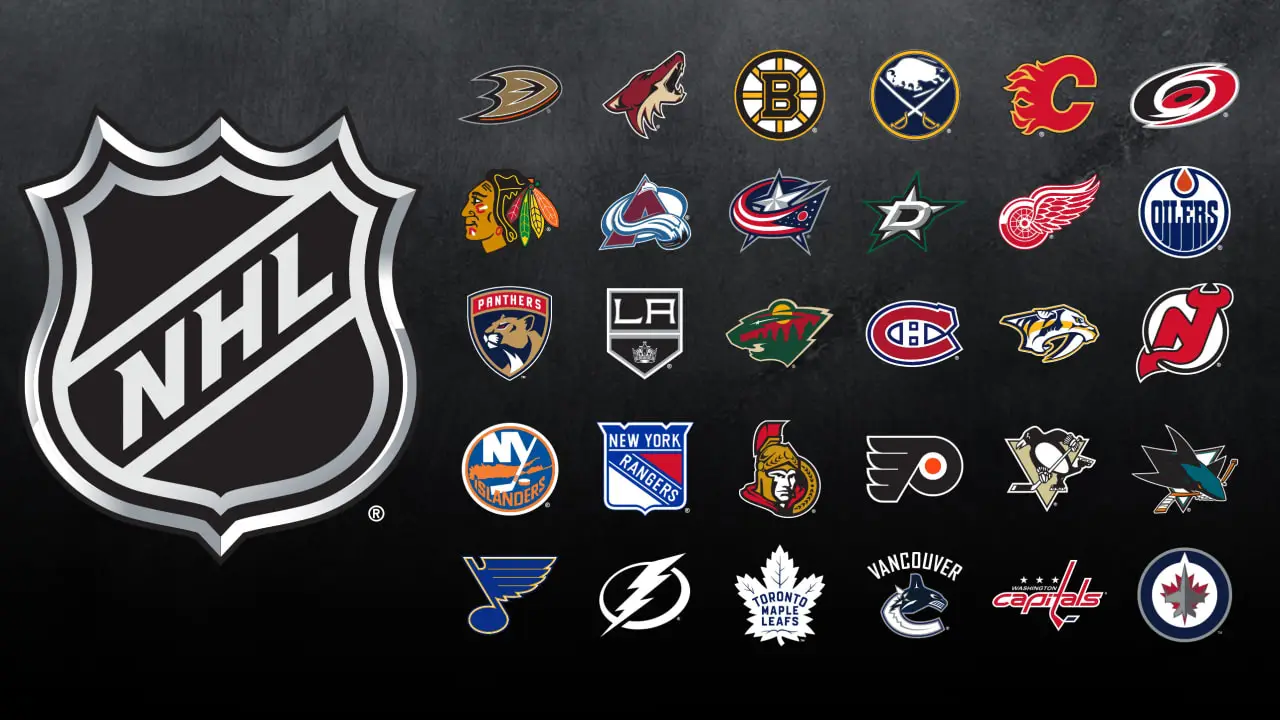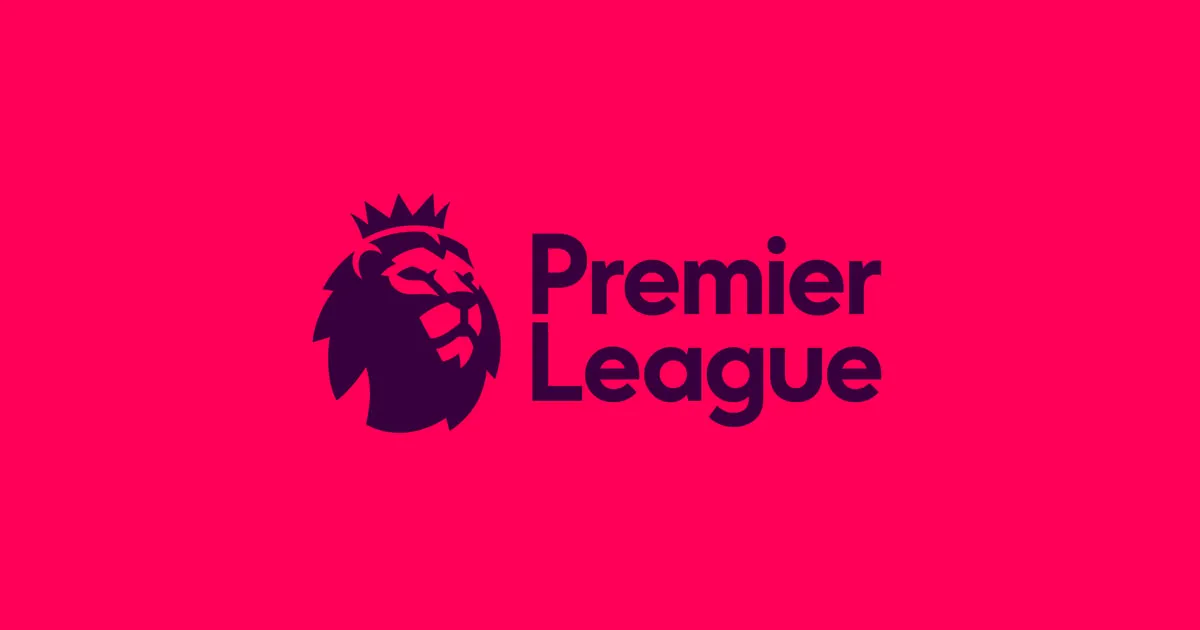Some play for millions, others for the love of the game. Children play ball in the courtyard, dreaming of the World Cup, while sports stars sign multi-million dollar contracts. Team unions are not just a structure, they are two universes: one for those who make sport their life’s work and one for those who simply cannot live without the game. How are they structured and why are they so different? That is what is to be found out. Sports leagues are not only professionals making millions, but also amateurs who do it for themselves and their friends.
Professional and amateur sports leagues: how they are created and how they differ
Associations start with an idea and enthusiasm. Professional sports associations, such as the NBA, require careful organisation, licensing, compliance with a multitude of regulations and serious sponsors. They require a detailed business plan, funding calculations and legal advice. Leagues have to meet strict requirements, from the management structure to the logistics of tournaments.

On the other hand, the entry level is often the result of the joint desire of a group of people to organise something interesting for their friends or colleagues. For example, an amateur ice hockey club in Russia may spring up simply because a few enthusiasts decide to organise their own games and enter local tournaments. Here, formalities are minimised and the main driving factor is the passion for the game and the desire to meet like-minded hockey fans.
Types of sports leagues: from national to international
 Alliances come in a variety of forms, and their classification is not limited only to the level of skill. Here we can talk about national, international, corporate and university alliances.
Alliances come in a variety of forms, and their classification is not limited only to the level of skill. Here we can talk about national, international, corporate and university alliances.
- National leagues: An example is the English Premier League, the highest league in English football. It captures the attention of millions of viewers and generates huge revenues for the country. The association generates around £5 billion annually, with a worldwide broadcast audience of over 3.2 billion people. This makes it one of the most profitable and popular football federations in the world, as evidenced by high revenues from television rights and sponsorship contracts.
- International leagues: For example, the Champions League is a tournament that brings together the best football clubs in Europe, showcasing power and technique at the highest level. The union attracts more than 380 million spectators worldwide each year and generates around €2.4 billion in revenue. The funds are distributed to participating clubs, allowing them to strengthen their squads and develop their infrastructure. It is one of the most prestigious tournaments in the world of football and winning it opens the door to huge commercial opportunities.
- Corporate leagues and university competitions: In Russia, student football associations involving teams from universities have gained popularity. For example, the student team of Moscow State University (MSU) successfully competes in various championships and has even participated in international student tournaments. Such events create an opportunity for students not only to compete, but also to show their best side in front of potential scouts of professional clubs.
Funding of sports leagues
The funding of professional and amateur sports leagues differs dramatically. Professional leagues receive funds from major sponsors, sign lucrative contracts with TV channels for broadcasting, and actively raise funds from the sale of merchandise and tickets. For example, the NBA earns billions of dollars annually through partnership agreements and television rights, which allows the community to attract the best players from around the world.
Funding of amateur sports leagues in Russia
Start-up unions, on the contrary, usually exist through membership fees, support from local companies and donations. In Russia, many ice hockey clubs are supported by local entrepreneurs who are interested in developing the sport on their territory. They provide funding to rent ice, buy uniforms and organise competitions. Often these entrepreneurs used to play hockey themselves and want to contribute to the development of hockey.
Local administrations sometimes provide subsidies, and players and fans are actively involved in fundraising to cover various expenses. This creates a real community atmosphere where every contribution, whether financial or organisational, counts and is felt by all involved.
Differences between professional and amateur sports leagues: level of competition and popularity
Sports leagues differ not only in organisation, but also in the level of competition. Professional ones are world-class shows where competition reaches a peak and millions of spectators follow the players’ every move. For example, the Kontinental Hockey League (KHL) attracts huge audiences and provides team members with substantial salaries, making it a prestigious and desirable platform for athletes.
Amateur, on the other hand, is more “homegrown.” Players do not aspire to become stars, but enjoy the game for fun. At district hockey tournaments, they compete for the honour of their neighbourhood or company, and the atmosphere is much more family-like and relaxed. Despite their differences, both associations contribute to the development of sports culture and to attracting people to an active lifestyle.

From professionalism to pure passion
 Sports leagues play an important role in our lives because they give us emotions, unforgettable matches and the opportunity to feel part of something bigger. Professional leagues are the pinnacle of excellence and prestige, while beginners’ associations are the soul of sport, where everyone can feel like a champion. Whether you are a professional athlete or an amateur, there is always a place for everyone in sport.
Sports leagues play an important role in our lives because they give us emotions, unforgettable matches and the opportunity to feel part of something bigger. Professional leagues are the pinnacle of excellence and prestige, while beginners’ associations are the soul of sport, where everyone can feel like a champion. Whether you are a professional athlete or an amateur, there is always a place for everyone in sport.
 en
en  ru
ru  de
de  ar
ar  es
es  nl
nl  hi
hi  fr
fr  it
it  pt
pt  el
el 











